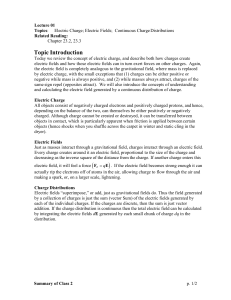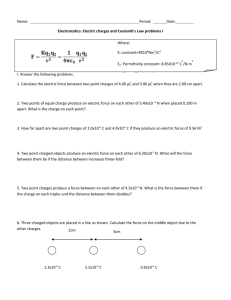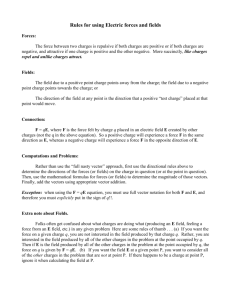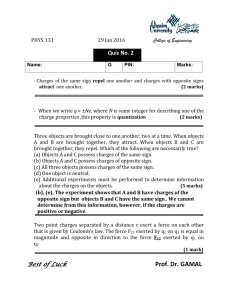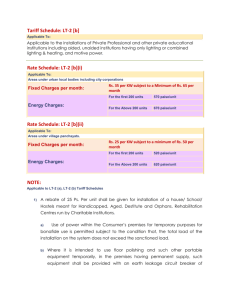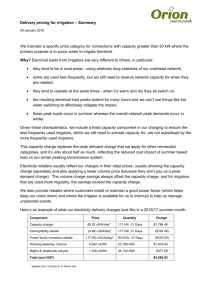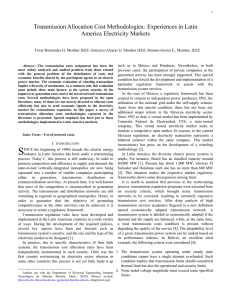Hidden Costs of Low Load Factor Whitepaper
advertisement
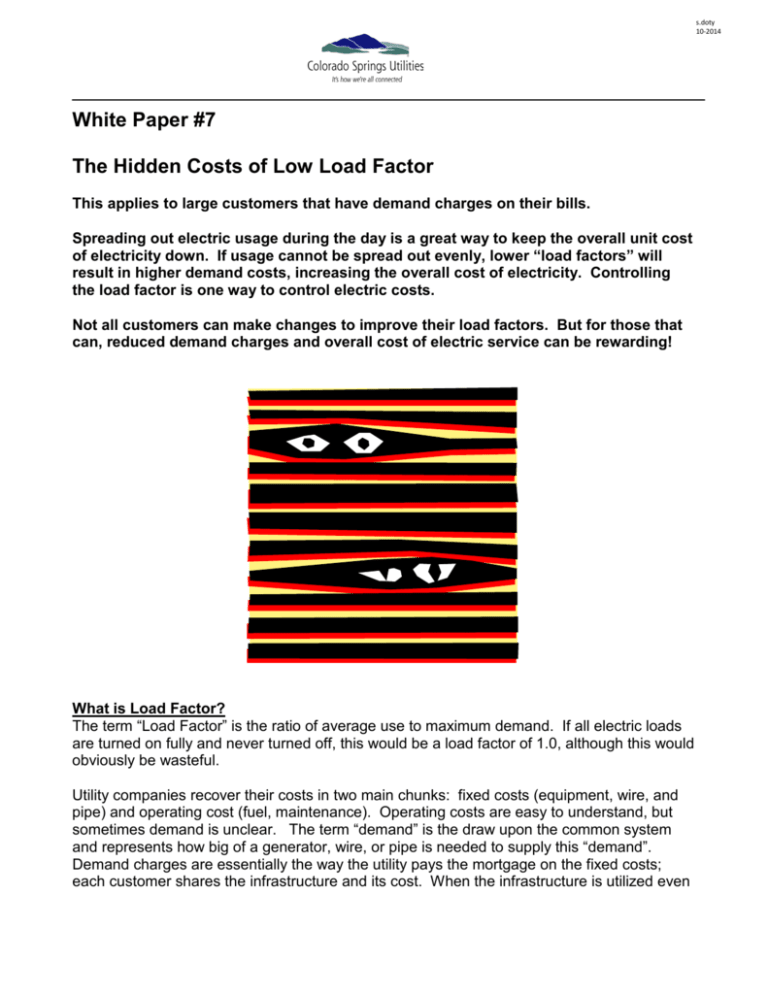
s.doty 10-2014 White Paper #7 The Hidden Costs of Low Load Factor This applies to large customers that have demand charges on their bills. Spreading out electric usage during the day is a great way to keep the overall unit cost of electricity down. If usage cannot be spread out evenly, lower “load factors” will result in higher demand costs, increasing the overall cost of electricity. Controlling the load factor is one way to control electric costs. Not all customers can make changes to improve their load factors. But for those that can, reduced demand charges and overall cost of electric service can be rewarding! What is Load Factor? The term “Load Factor” is the ratio of average use to maximum demand. If all electric loads are turned on fully and never turned off, this would be a load factor of 1.0, although this would obviously be wasteful. Utility companies recover their costs in two main chunks: fixed costs (equipment, wire, and pipe) and operating cost (fuel, maintenance). Operating costs are easy to understand, but sometimes demand is unclear. The term “demand” is the draw upon the common system and represents how big of a generator, wire, or pipe is needed to supply this “demand”. Demand charges are essentially the way the utility pays the mortgage on the fixed costs; each customer shares the infrastructure and its cost. When the infrastructure is utilized even for a few minutes, it is considered to be set aside for that customer for the month, and so the demand charges are the same whether used briefly or continually. Everyone shares in the infrastructure costs. For simplicity, demand charges are built-into most residential rates since usage patterns are fairly consistent. For commercial and industrial customers, business needs vary a lot and so do their utility needs. Here, separating demand charges makes sense to allocate costs more fairly. How Load Factor Affects Electric Cost Remember: load factor is average demand divided by maximum demand and demand charge is based on the highest load taxing the system. When there is considerable usage associated with a given demand (normal or high load factor), the electric bill will be a balance of demand and energy. A business with a high load factor-average and maximum demand close together / steady load – could be a data center or a 3-shift manufacturing company. However, when demand is high for a short time while most of the monthly energy use is at a much lower demand (low load factor), customers will see a bill that is dominated by demand charges. Because of this, customers with low load factors see higher “overall electric cost” because demand charges are a larger portion of the bill. A business with a low load factor -average and maximum demand much different – is either one with few hours per month of operation, or one with some significant but intermittent load. That’s what load factor is and why it increases the overall cost of electricity when it’s low. The real question is what to do about it. Percent of total bill that is from demand charges increases as the load factor decreases. Overall $/kWh increases as load factor decreases, because demand cost becomes a larger portion of the total bill. So what can you do? Look at how and when you use electricity to find possible ways to control your load factor. For office and retail facilities that operate on regular business hours and then shut down overnight, the load factor will be ‘built-in’ at around 50 percent. The only options here would be demand reduction during the day – possibly higher efficient lighting or higher efficiency air conditioning. Church electric use is often intermittent. Churches large enough to have demand charges can consider activities during the week such as day care or education. Restaurant energy use peaks at meal times. Replacing electric resistance appliances natural gas units will lower the peak demands. Other typical commercial segments have distinct patterns of load factor, and each have their own business drivers that may or may not be controllable. Some typical values are shown below. Note that low load factors are common for manufacturing. Segment Education Grocery Health Care Multi-Family Retail Lodging Restaurant Office Manufacturing Average Load Factor 75-80% 75-80% 55-65% 50-65% 50-60% 45-60% 50-55% 45-55% 35-50% Highest Individual Lowest Individual Survey of 890 ETL Customers, 2004 Results are averaged. Ranges represent monthly variations 90% 15% For manufacturing facilities, scheduling or staggering large electric loads so their loads don’t occur at the same time will help. With the advent of “just in time” delivery, the concept of backlogging work and schedule smoothing has become harder to do and a consequence of just in time delivery has been lower load factors and higher overall electricity costs. If small delays in production (even a few hours) can be tolerated, sequencing of work and machines can reduce electric cost by avoiding unnecessary peaks. The diagram below illustrates how spreading out large electrical loads will save money. The goal is to avoid concurrent demand that adds up and increases the maximum peak demand. Side bar: “It’s not about motor inrush current” There is a strong inrush current when starting a motor, several times the running current, but it only occurs for a few seconds. Because the duration is short, the effect is largely diluted. This is because the metering window that determines billing demand is 5 minutes long and a few seconds has only a small amount of effect on the 300 seconds that are in 5 minutes.



